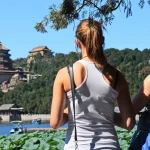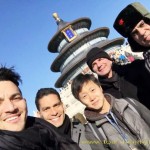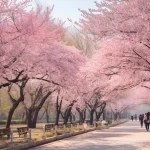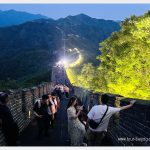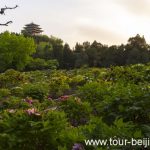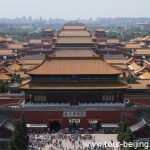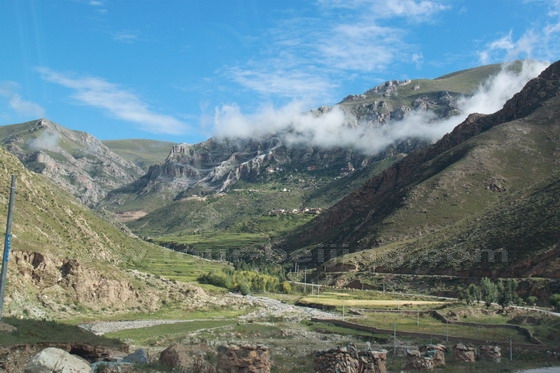
Tips for Visiting Drak Yerpa (Tips, Photos & Map)
Plan your Lhasa Tour? In addition to including such stereotyped visits covering Potala Palace, Jokhang Temple, Sera Temple, Norbulingka and so on, don’t forget to add an excursion to Drak Yerpa Monastery, which is located about 30km northeast to the city center of Lhasa. There are two popular Tibetan verses in relation to Drak Yerpa….
